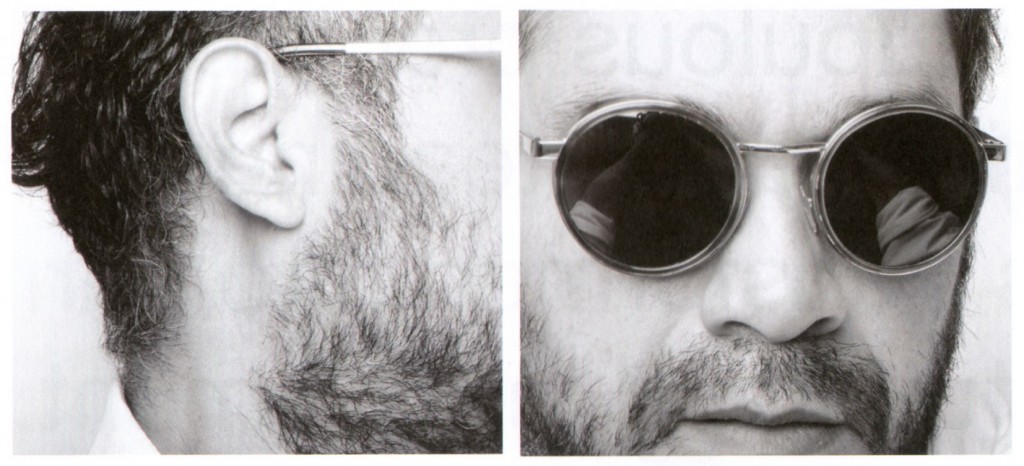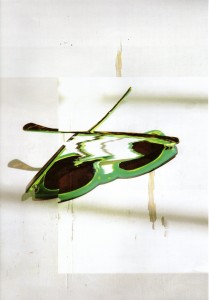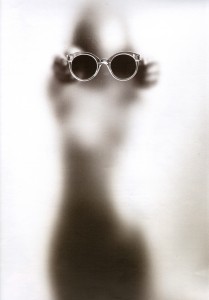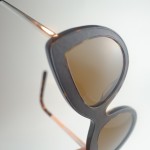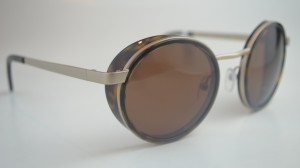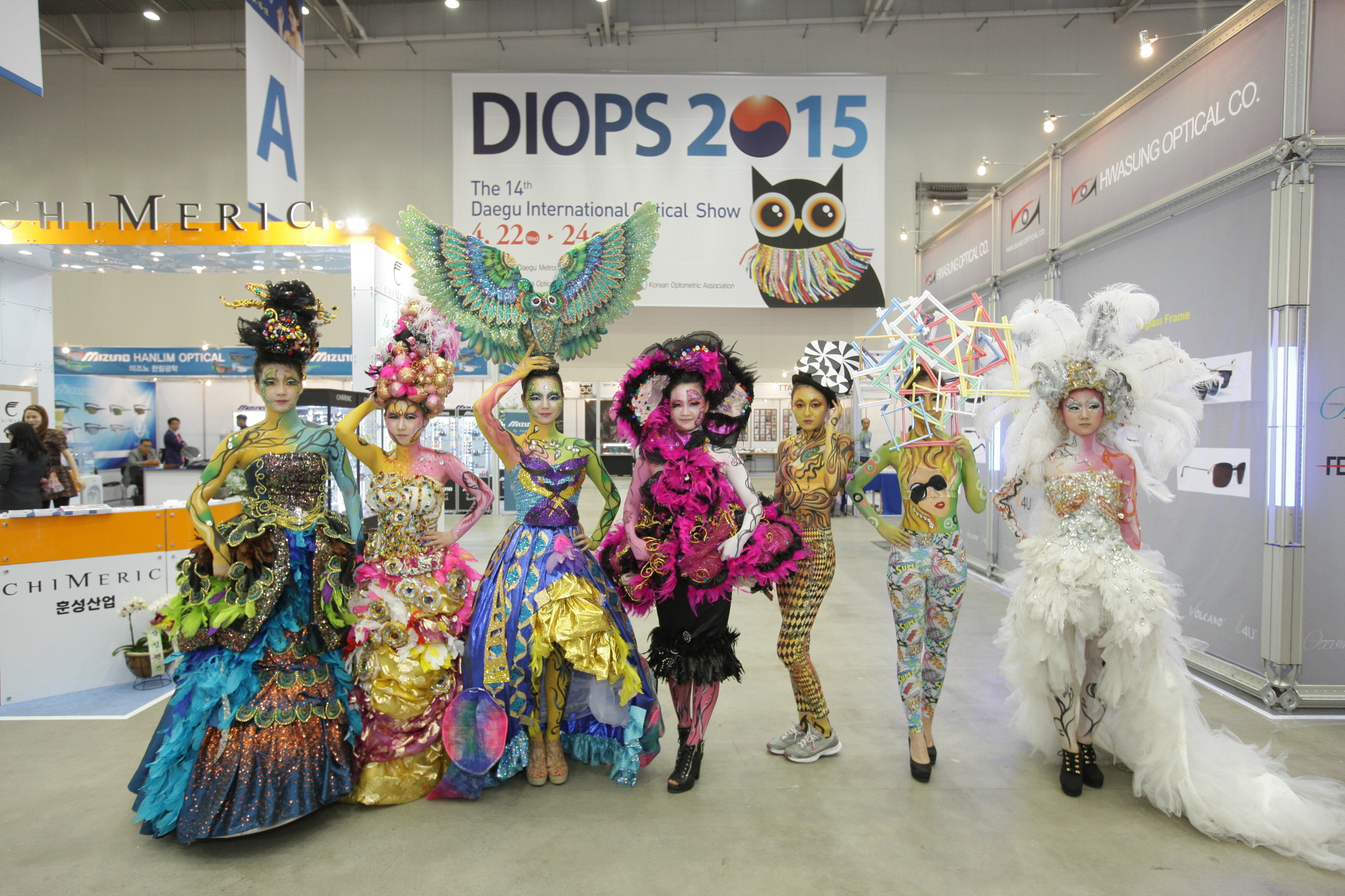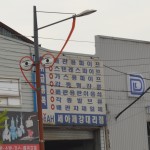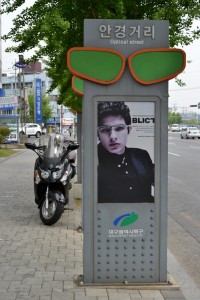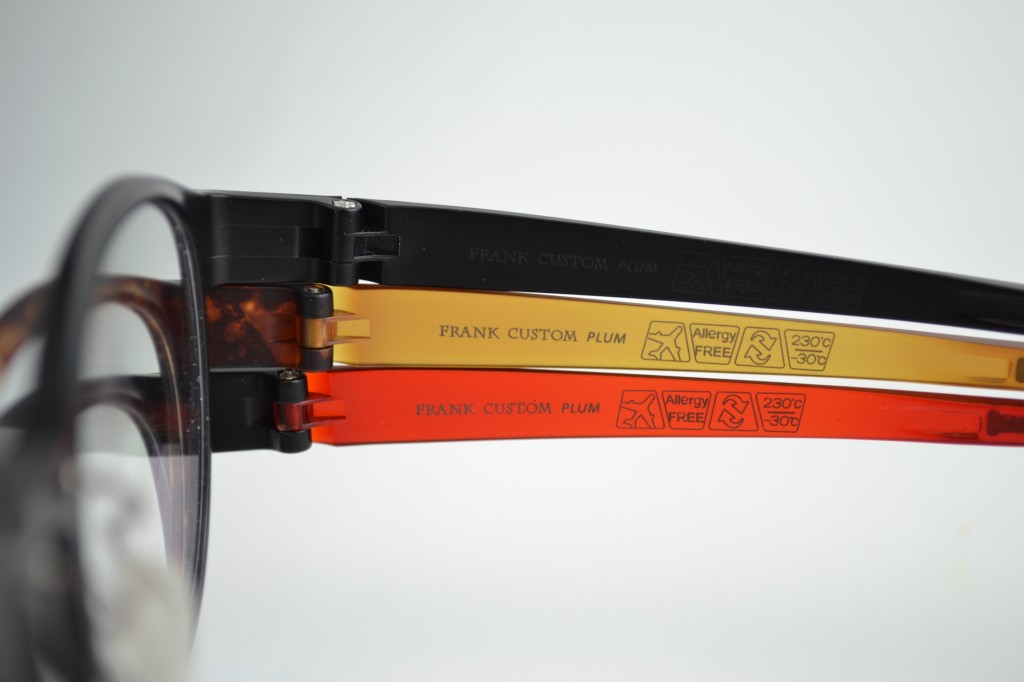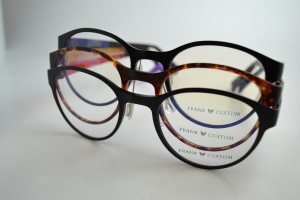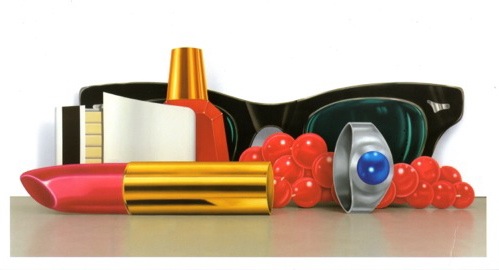
Tom Wesselmann, Still Life No. 60, 1973
National Sunglasses Day (June 27) is poised right at the beginning of the beach season for a very important reason: to remind you that in addition to all the summer-fun essentials like sunscreen, beach towels and your sexy swim suit, you must not forget to procure one or two pairs of good quality sunglasses, which serve dual duty as fashion accessory and essential UV protection.
Fashion Trends
What’s in this summer? The retro look is really hot. For her: cat eyes, ovals and the big, square or rounded Jackie O. look. For him: aviators, round shapes – in plastic, or John Lennon-style metal – and oversized horn rims (think Clark Kent).
Tortoise continues to please as a classic, but look for interesting variations, such as Havana tortoise, which has yellow tones as the predominant background, or those interesting orangey brown tones reminiscent of the 1960s.
Bright colors are the hottest new trend –reds, blues and electric greens. For women, pastels are growing in popularity and they make a nice contrast to your summer bronze. Two-tone eyewear is a bold new trend, with the front piece in one color and the temples in a contrasting or complementary color.
Functionality
Damage from UV rays affects both the delicate skin around your eyes — causing premature wrinkles (Argh!) – and your retina. In fact, UV damage is a leading cause of eye diseases, such as macular degeneration, which is irreversible.
Here’s the secret: It’s the lens material and not the tint or polarization that provides UV protection. Cheap plastic doesn’t block 100% of UV rays and tinting makes the situation worse because it causes your pupils to open wider, which lets in more UV light. Look for polycarbonate, which is 100% UV-blocking, or lenses with a UV block coating, usually identified by a sticker on the lens.
Antiglare is another important option. It keeps light from bouncing all around and making you crazy.
So Why Buy Polarized?
Polarized lenses are like mini blinds. They block light from entering vertically. In fact, if you take two pairs of polarized sunglasses and hold them at a 90-degree angle to each other (one vertical and the other horizontal), you’ll see that together they completely block out the light. If you spend a lot of time around the water, polarization is essential for comfort.
This technology tamps down the reflection of the rays and makes you feel cooler and more comfortable. But, beware: 40% of reflected light comes at you from behind the lens. How? Light bounces up under your shades from reflective surfaces, such as water, sand, sidewalks and even snow. Your polarized lenses don’t have the ability to block light that doesn’t pass through them, so you still need anti-reflective treatment on the back side of the lens to absorb light rays bouncing up at you from below.
The Best Fit
For optimal protection, you need a comfortably snug fit with maximum coverage. A good trick is to have a friend – or your favorite optician – stand and look at you from the front and the side. Tilt your head forward so your friend/optician can see the view from above as well as head-on. If s/he can see your eyes from any angle, so can the sun.
The temples (earpieces) should ride close to your head, but should not touch your skin until a point just in front of your ear. This leaves room for your skin to breathe and avoids discomfort when your skin swells slightly from heat and perspiration.
